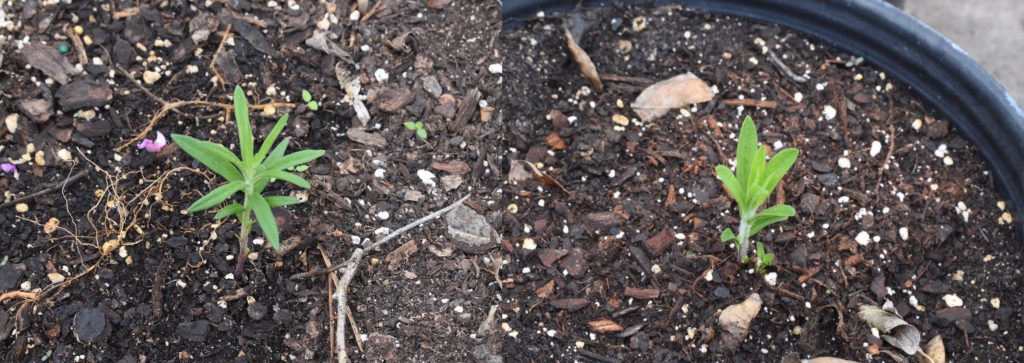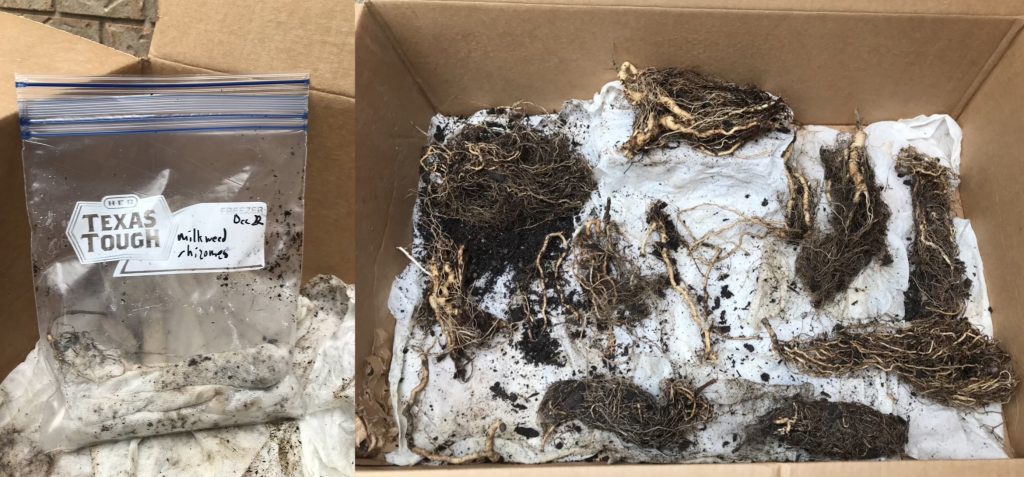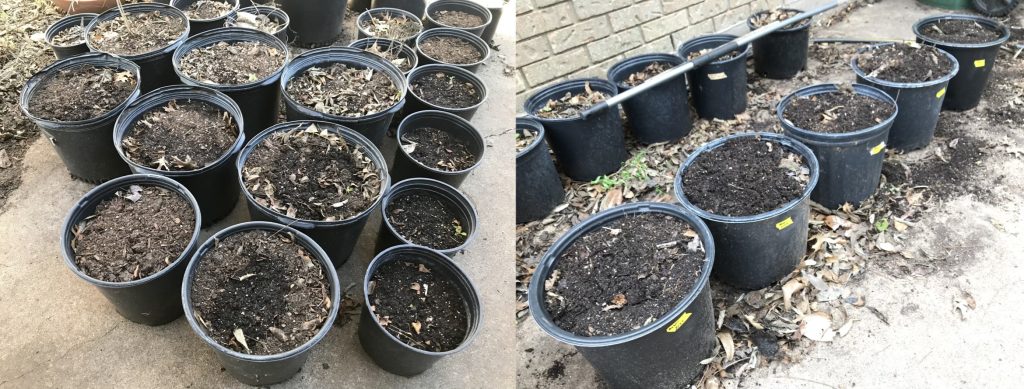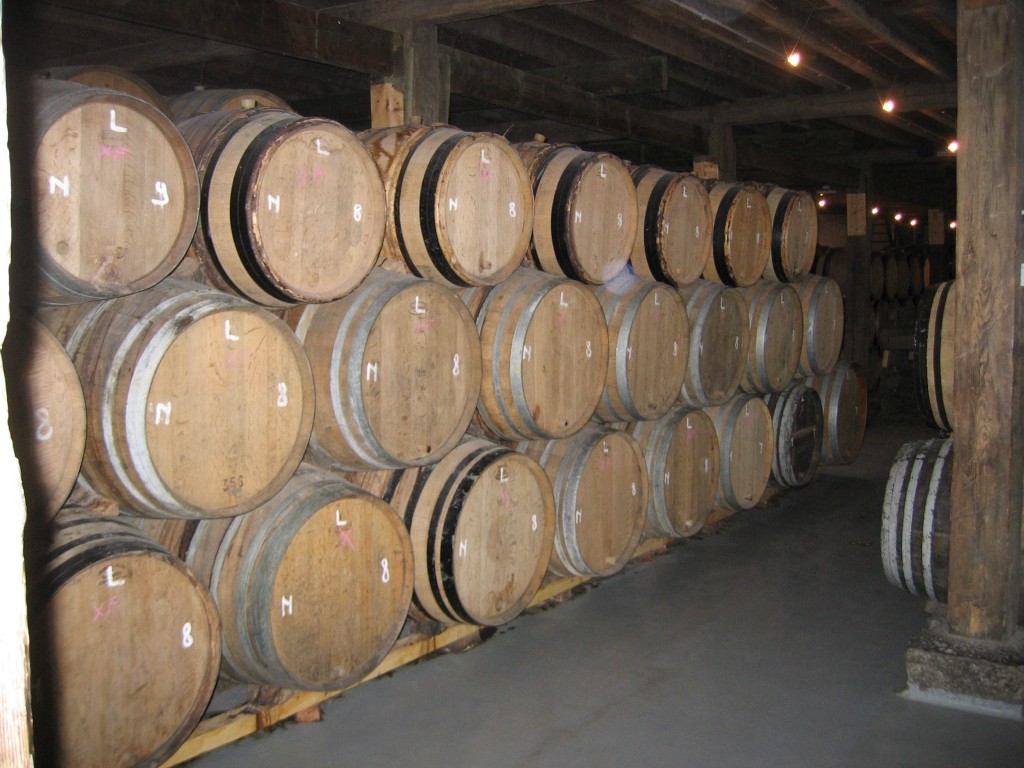A week and a half ago, I planted 30 milkweed rhizomes. And I also have 33 milkweed rhizomes that overwintered in large planters. I now have sprouts from both types of rhizomes.
Normally, I don’t see any milkweeds emerge until mid-March. I’m guessing that the unusually warm spring we are experiencing has spurred them to arise earlier than usual. As in previous years, the first sprouts have come from smaller rhizomes and in smaller planters, which I assume have smaller rhizomes than the large planters. The milkweeds from larger rhizomes lag behind the smaller ones, initially. But they catch up and grow larger than them by early in the growing season.
I’m always amazed at how quickly milkweeds grow when they sprout from rhizomes. The rhizome is a thickened section of root that stores starch. That starch can be used for rapid growth in the early spring. In the wild this allows the milkweeds to — at least temporarily — be taller than the surrounding plants and thus have access to sunlight. Milkweeds grown some seeds grow more slowly, and need to sprout in a location where they aren’t immediately shaded by other plants. This difference in early growth makes sense because the milkweed seed has far less starch in it than the rhizome.
I’m in USDA Zone 8B, so I would expect that gardeners in Zone 7 should see their milkweeds sprouting soon. Farther north than that, it is hard to predict as the northern part of the country is still in the midst of winter. Journey North — a website devoted to tracking monarchs and other organisms — shows that I am not alone in seeing milkweeds already.
If you have been following this site, you know that I’m growing these milkweeds in order to raise monarch butterflies. I will also need other flowering plants to attract the monarchs. Already, a few native perennials are flowering in or around my garden. These include spiderworts, baby blue eyes, and oxalis. And I already have flower bud on my gaillardia plants. I hope to raise 240 monarch butterflies this year,. And so far — with the emergence of some of the milkweeds — I’m off to a good start.













Recent Comments